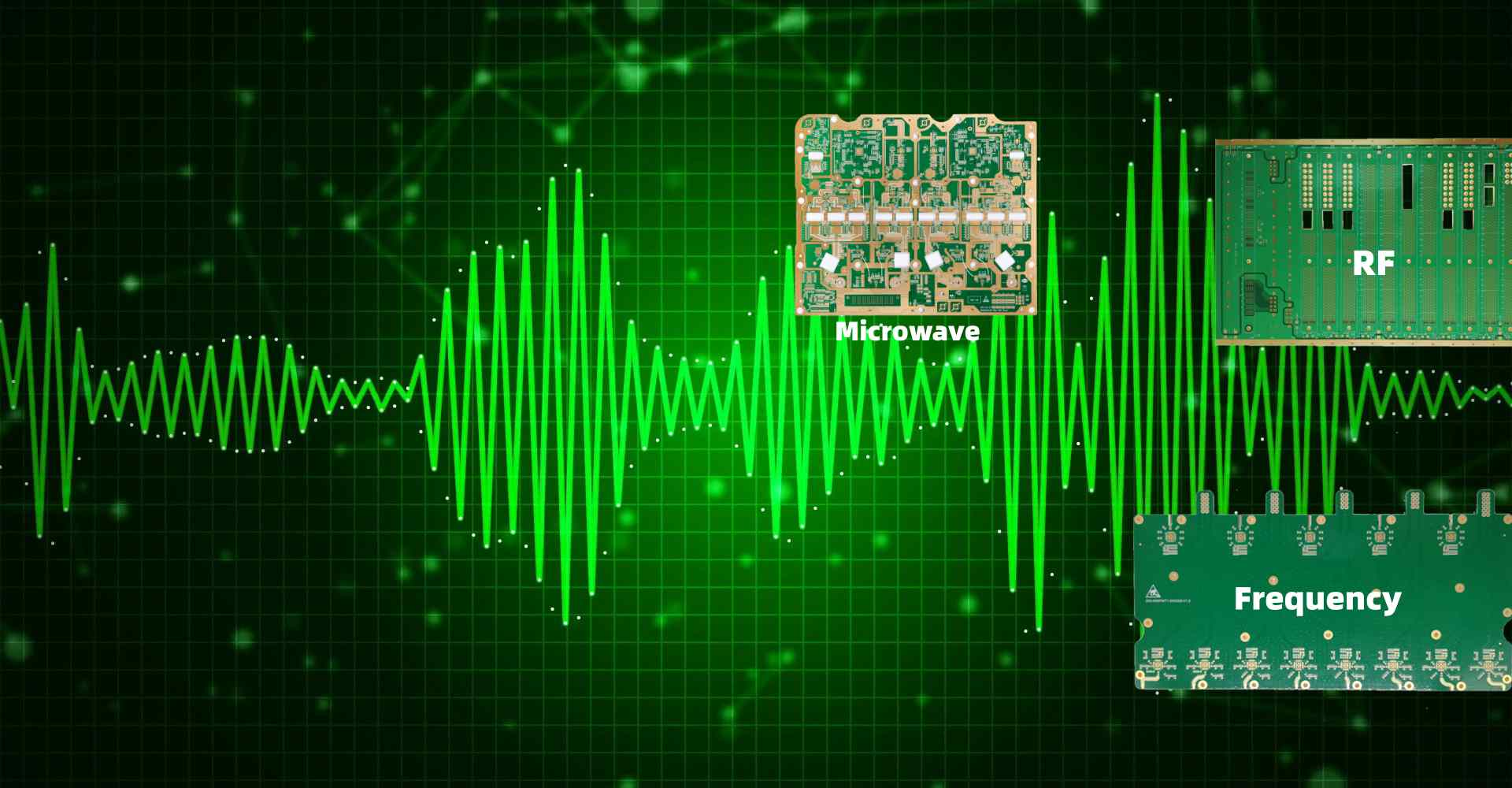Introduction
The aerospace industry relies on advanced materials to build aircraft that are lighter, stronger, and more efficient. Rogers Corporation is a leading supplier of high-performance materials for commercial avionics applications. In this article, we will look at some of the key Rogers materials used in commercial cockpits and cabins.
Circuit Board Materials
Rogers circuit board laminates are widely used for printed circuit boards (PCBs) in commercial avionics. Key properties that make Rogers laminates well-suited for these applications include:
- High frequency dielectric constant and low loss for excellent signal integrity
- Low coefficient of thermal expansion for reliability during temperature changes
- UL 94 V-0 flammability rating for safety
- Good dimensional stability
Popular Rogers laminates for avionics PCBs include:
| Material | Key Features |
|---|---|
| RO4000 Series | High frequency, low loss |
| RT/duroid 6000 Series | High performance, PTFE composite |
| RO3000 Series | Cost-effective, FR-4 replacement |
These laminates are used to fabricate multilayer boards for critical avionics functions like flight control systems, engine controls, navigation, and cabin systems.
Elastomeric Materials

Rogers BISCO silicone elastomeric materials are used for wire harness insulation and cable jacketing in commercial aircraft. Key advantages include:
- Wide operating temperature range of -55°C to 200°C
- Excellent flexibility and abrasion resistance
- Flame retardant, self-extinguishing properties
- Resistance to fluids like jet fuel and hydraulic fluid
Silicone elastomers from Rogers provide durable protection for wires and cables throughout an aircraft’s harsh operating environment.
Electromagnetic Interference (EMI) Shielding
Rogers R-Foil conductive laminates consist of a thin copper foil bonded to a polyimide film. They provide lightweight EMI shielding for electronics enclosures, connectors, ventilation holes, and display bezels.
Key benefits of Rogers R-Foil materials include:
- High shielding effectiveness across a broad frequency range
- Very thin profile for space and weight savings
- Flexibility and easy processing
- Corrosion resistance and solderability
Effective EMI shielding prevents electromagnetic interference between sensitive avionics systems.
Antenna Materials
Rogers RO4000 and RT/duroid laminates are commonly used as antenna substrates. Their stable dielectric constants and low loss allow antennas to function optimally. Some examples include:
- Wireless LAN antennas inside the cabin
- Satellite communications antennas mounted on the fuselage
- Radar antennas in the nose cone
The consistent performance of Rogers antenna materials supports reliable wireless communication.
Conclusion
From PCB substrates to wire insulation to shielding foils, Rogers Corporation supplies a diverse array of high-performance materials that enable modern commercial avionics. These innovative materials withstand harsh conditions and help aircraft operate safely and efficiently. As technology progresses, Rogers will continue developing advanced material solutions to meet the needs of the aerospace industry.
Frequently Asked Questions
What are some key properties of Rogers materials that make them suitable for avionics?
Some key properties include:
- Stable electrical properties over temperature and frequency for reliable performance
- Low dielectric loss for high frequency circuits
- Flame retardance and self-extinguishing characteristics for safety
- Excellent mechanical stability and durability in harsh environments
- Lightweight compared to metal components
How are Rogers laminates used in printed circuit boards?
Rogers laminates like RO4000 and RT/duroid are used as the dielectric substrate material in multilayer PCBs. Layers of copper and laminate are stacked and etched to form complex circuits. Rogers’ stable dielectric constants and low loss allow these boards to function for critical avionics systems.
What temperature range can Rogers’ silicone wire insulation withstand?
Rogers BISCO silicone elastomeric insulations can perform across a wide range from -55°C to 200°C. This high temperature capability makes them suitable for insulating wires and cables near hot engine compartments.
Are Rogers EMI shielding materials flexible?
Yes, Rogers R-Foil conductive laminates provide both high shielding effectiveness and flexibility. The thin metal foil layer bonded to a polyimide film allows R-Foil to be bent and formed into complex shapes. This allows effective EMI shielding in tight spaces.
Why are Rogers laminates good antenna substrates?
The stable dielectric constant and low loss of Rogers materials enables excellent antenna performance across a wide frequency range. This allows reliable communication with navigation satellites, wireless networks, etc.

Leave a Reply